Factors To Consider When Specifying Access Doors
Access doors are crucial components in various architectural and construction projects, providing convenient and secure entry points to enclosed spaces such as utility closets, crawl spaces, attics, and mechanical rooms. Their role extends beyond mere functionality, often contributing to the overall safety, security, and efficiency of a building or structure.



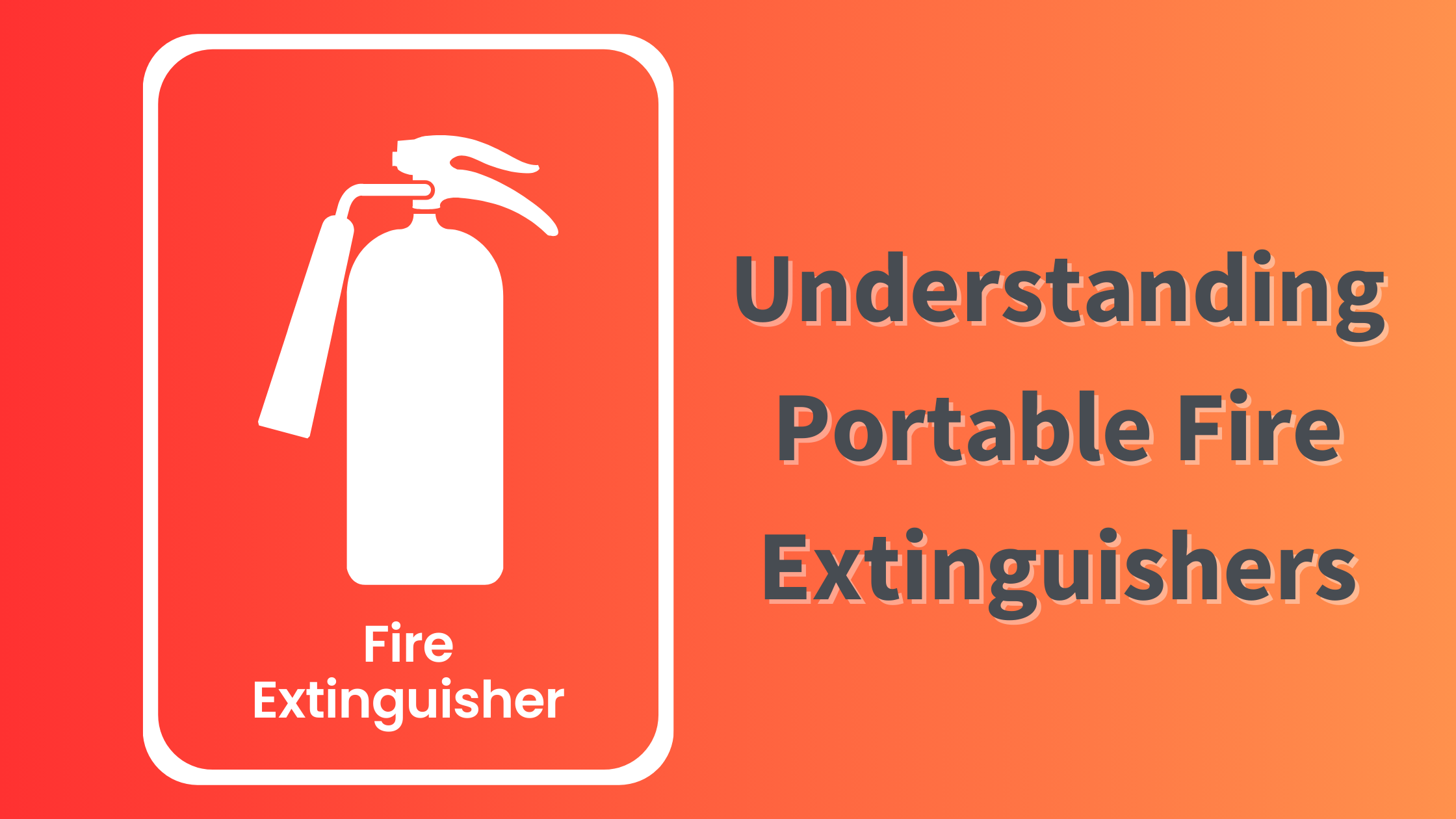
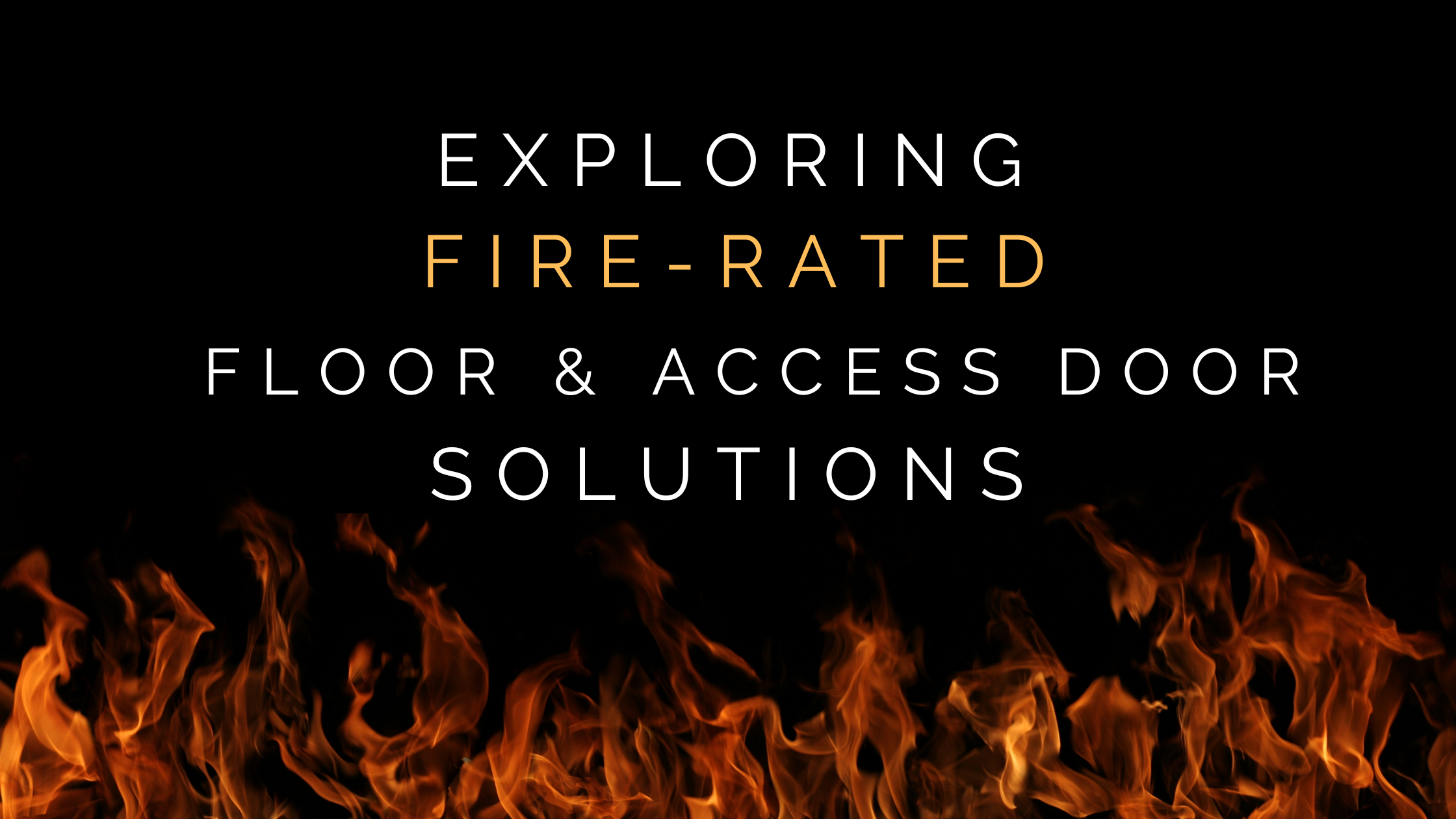
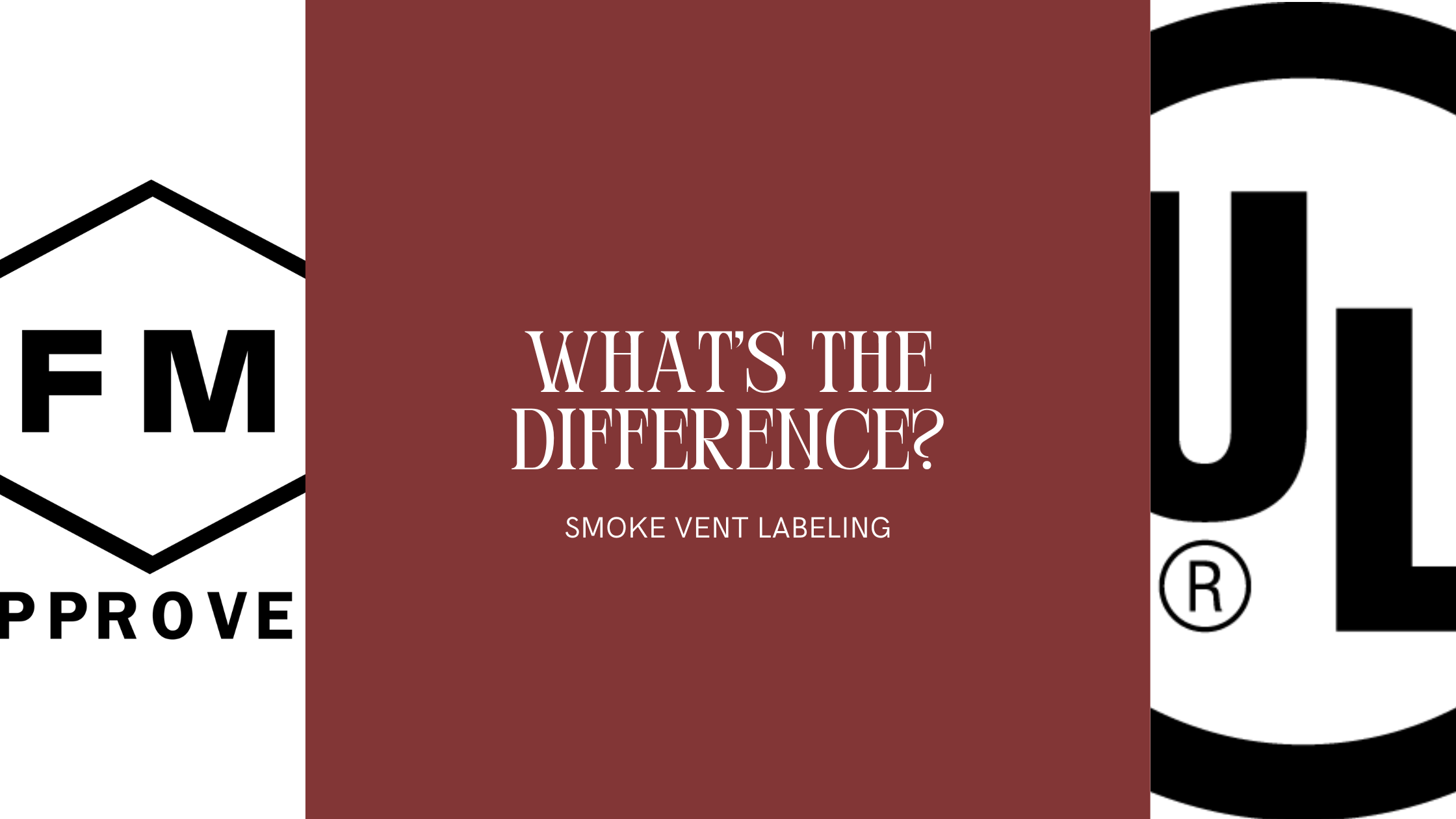
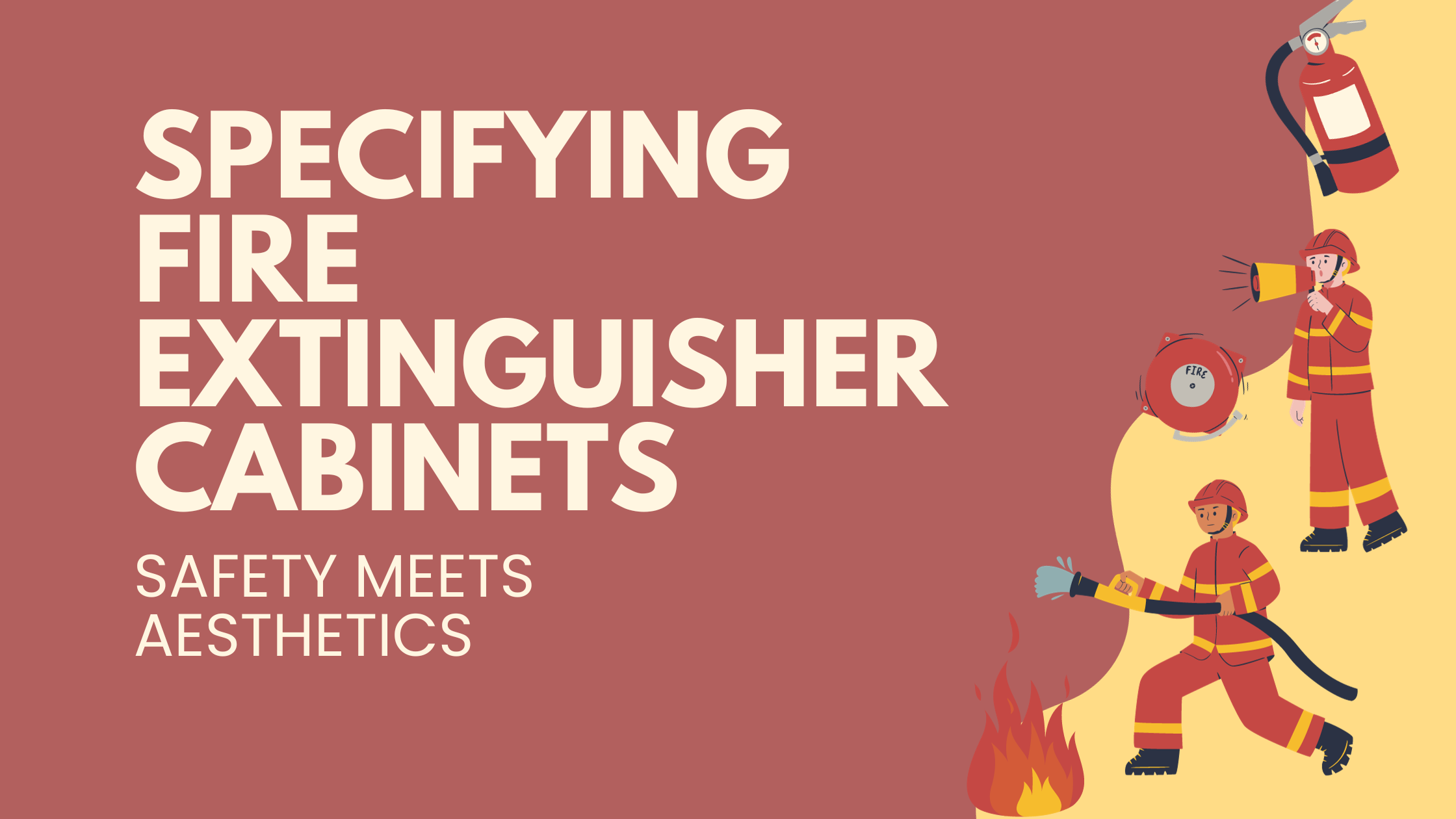
.png)
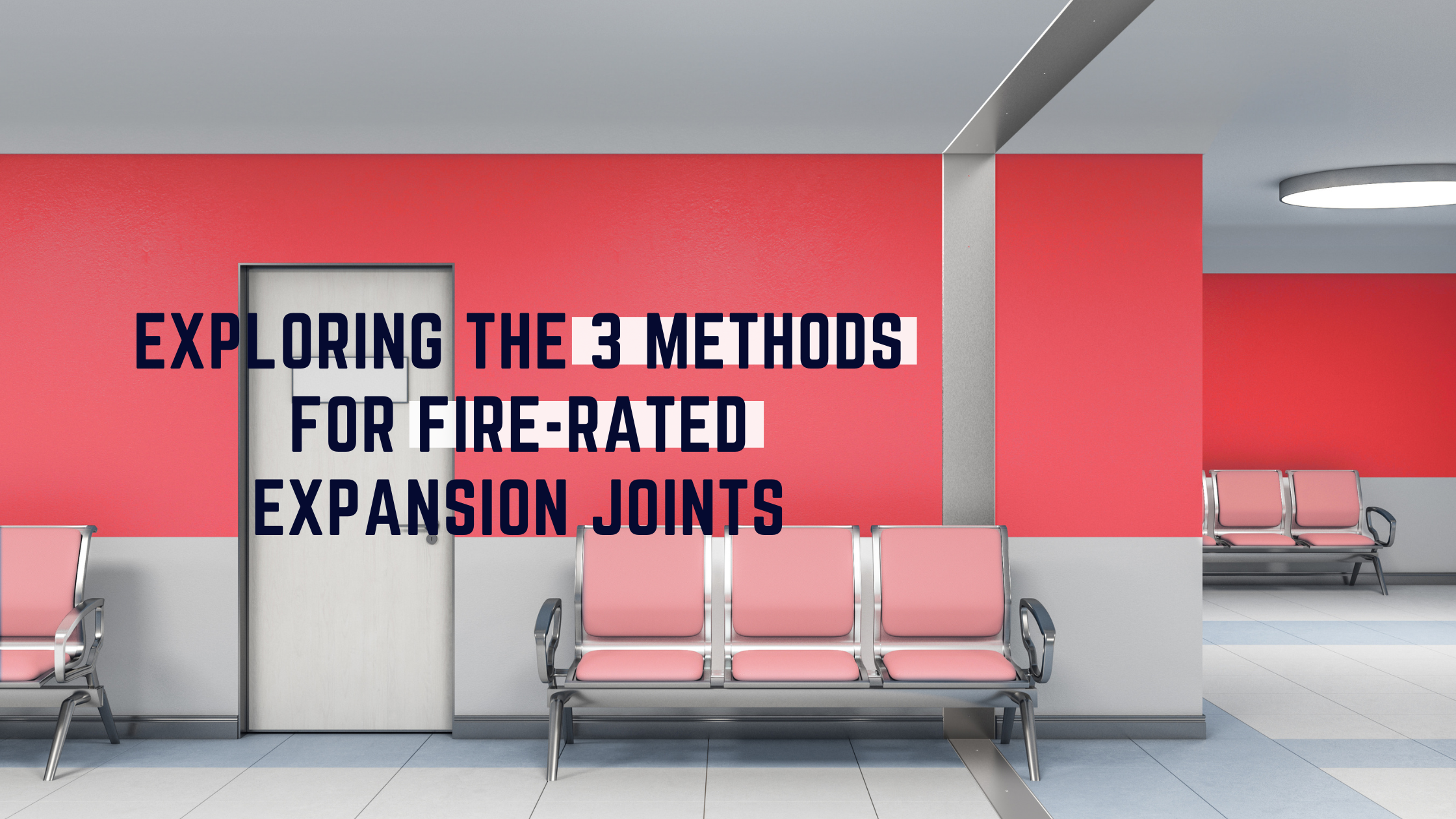
.png)
.png)